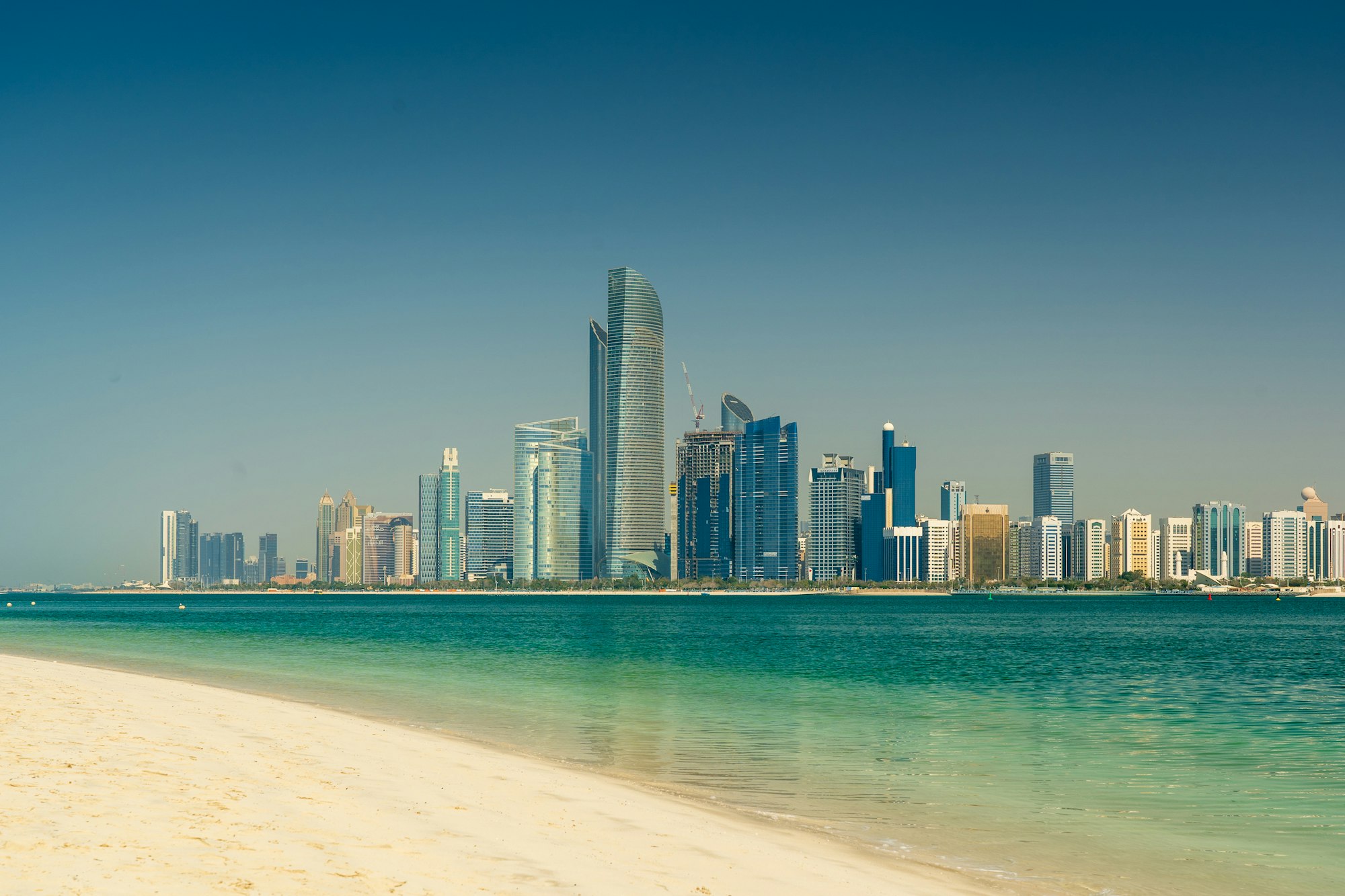
Loss and Damage
A group known to United Nations climate negotiators as the Transitional Committee convened an emergency fifth meeting in Abu Dhabi.
A group known to United Nations climate negotiators as the Transitional Committee convened an emergency fifth meeting in Abu Dhabi.
Outline
This week, a group known to United Nations climate negotiators as the Transitional Committee convened an emergency fifth meeting in Abu Dhabi. The stakes are high. In fact, what happens in the next few days could determine the success or failure of the UN climate meeting known as the 28th Conference of the Parties (COP28) that is scheduled to begin at the end of this month.
Challenges in Operationalizing the Agreement
As you may recall, last year, at COP27, representatives unanimously approved the creation of a Loss and Damage Fund for assisting developing countries that are most vulnerable to climate change. (The late Dr. Saleemul Huq, who was instrumental in this agreement, gave a keynote address for the LFA program at Terra.do last year.) Since there was not enough time to work out all the details, negotiators also established a Transitional Committee with representatives from 24 difvferent countries and charged it with finding a way to “operationalize” the Fund.
The committee was supposed to have a plan ready for COP28. At its fourth and last scheduled meeting, however, representatives from developed and developing countries remained stubbornly at odds, forcing one of the co-chairs to finally acknowledge what he saw at the time as the sad truth: “We have failed.”
Four major issues divided the committee: 1) Who should the fund pay? 2) Who should pay into the fund? 3) What should the fund pay for? 4) Where should the fund be housed?
Revisiting the 1992 Climate Convention
In essence, the first two issues trace their origins back to 1992, when the UN climate convention created a list of so-called “developed countries” that would be primarily responsible for funding the international climate response. This terminology was also used to describe the funders and the beneficiaries of the Loss and Damage Fund. But a lot has changed since 1992. Should countries like China and Saudi Arabia be funders? Or recipients?
As for the third issue, the United States and other developed countries have argued that the fund should focus on areas not already covered by development banks or emergency relief funds: cultural heritage, slow-onset disasters, etc. Developing countries fear this approach could be overly restrictive.
Perhaps surprisingly, though, it is the fourth issue that may be the most contentious of all. Developed countries like the United States have argued strongly that the fund should be housed at the World Bank. Developing countries object for multiple reasons. For one thing, the World Bank does not have the best track record on climate. Just last year the president of the bank, David Malpass, was forced to resign after he refused to acknowledge that burning fossil fuels caused climate change.
Developing Countries' Concerns
Developing countries also object to the World Bank because it is controlled by the developed countries. Voting rights, for example, are determined by contributions, which means wealthy countries like the United States have the most say.
And what about the fact that the World Bank is primarily a lending institution? Should international aid be funded by loans that push developing countries further into debt? Or should it be focused on grants?
In short, the dispute over the Loss and Damage Fund represents a fundamental dispute between developed and developing countries over responsibility and justice. We are fortunate that members of the Transitional Committee refused to accept failure and called for this fifth emergency meeting. What happens there will likely determine the tone and perhaps the outcome for COP28.
We hope that the Transitional Committee can resolve their divisions and set up COP28 for success.
If you want to learn more about global policy and get a deep dive into the full climate change landscape, check out Terra.do's Climate Change: Change Learning for Action bootcamp.
More like this
So You're Ready to Step Up on Climate Action. Now What?
Folks ready to learn and do more about climate change have an array of options to get started. What are their respective pros and cons, and how does Terra.do stack up?
Our Next Cohort's Nickname Is the Manatees. Here's Why That's Special.
We've named each graduating class after animals at risk in our warming world, and we've just finished our first full lap through the alphabet.
Couldn’t We All Use More Storage?
Where are we going to put all that clean power from variable renewables like solar and wind? The world of batteries is already ramping up.

 Background
Background


